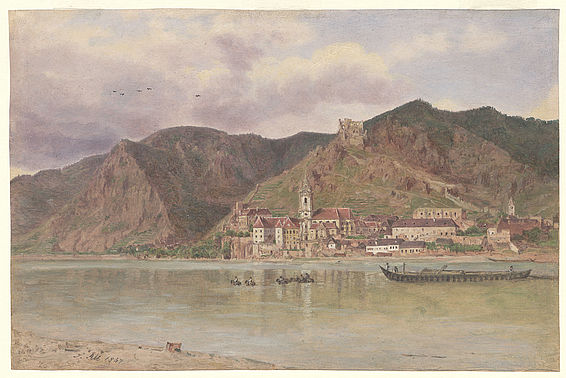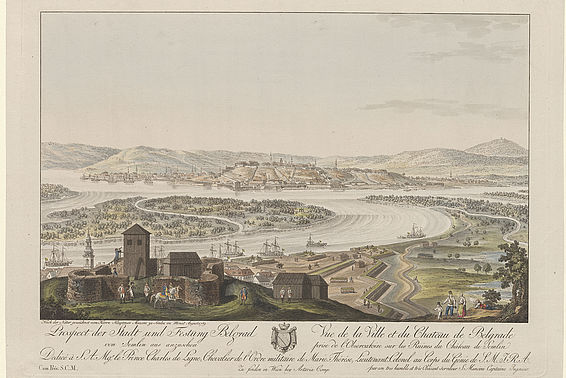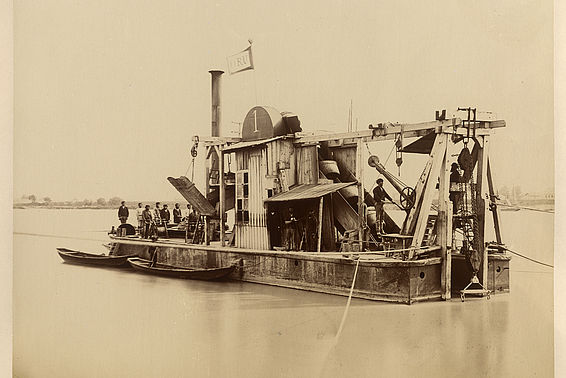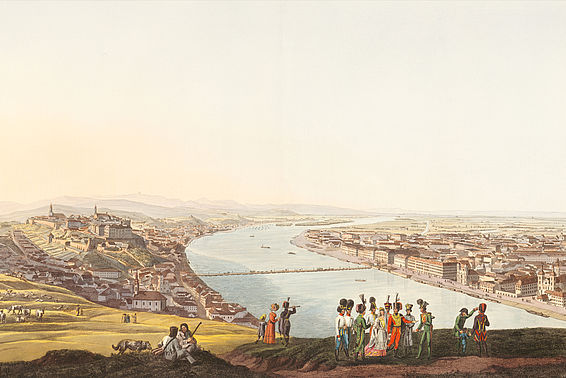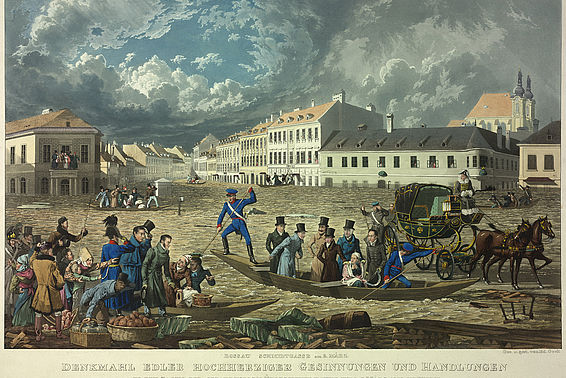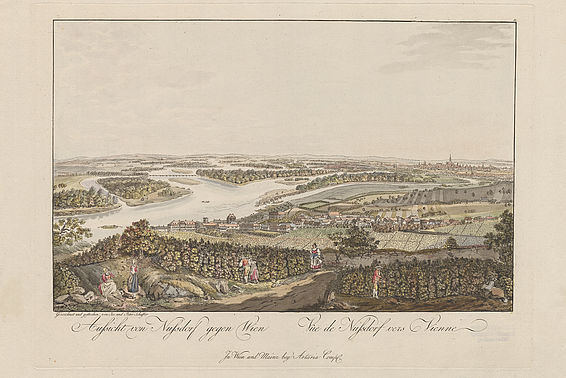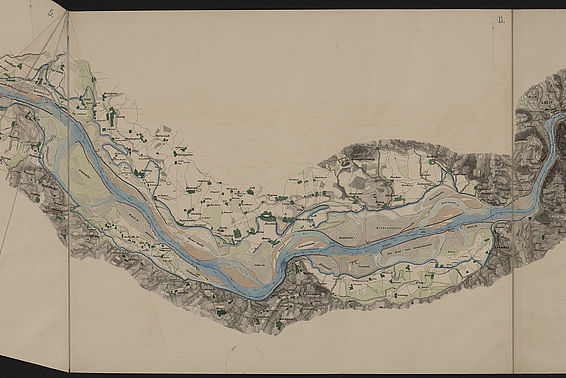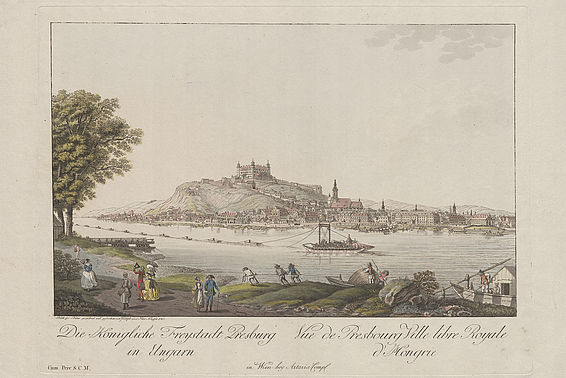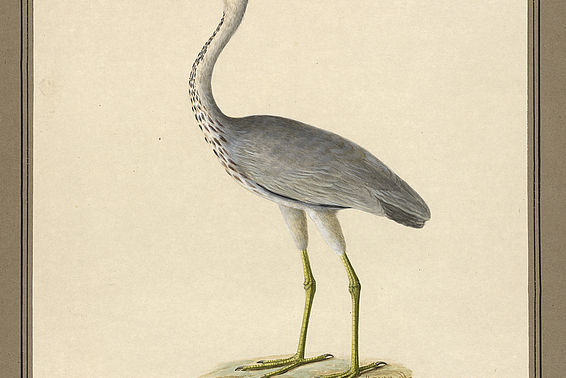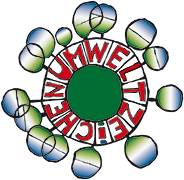The Danube. A journey into the past
For centuries, the Danube was an untamed natural space. Cataracts were a threat to shipping and even the imperial residence city of Vienna was at risk of flooding. This did not change until the 19th century, when the Habsburg Monarchy set itself the task of taming the river.
The Danube became a major waterway, linking the countries of the multi-ethnic empire. But what has never changed over the centuries: the river with its spectacular banks is a unique place of longing. Musicians celebrated the wonderful "Blue Danube", while painters such as Jakob Alt recorded them in his amazing water-colours.
In the large special exhibition "The Danube", this and other extraordinary works from the Austrian National Library invite visitors on a "journey into the past". The Danube is presented as both a border and a link, as a space of yearning for artists and as a traffic route. And of course it is also about natural disasters and natural areas worth protecting.
The highlight of the exhibition is a spectacular 44-meter-long reproduction of the famous Pasetti map. This map, published by the Imperial-Royal State Ministry from 1857, shows an extremely precise image of the Danube in the territory of the Habsburg Monarchy from Passau to the Iron Gate. Its purpose at that time was to create public awareness of the political and economic importance of this waterway for the entire Austro-Hungarian Empire. Today, after the major regulatory measures and the construction of numerous power stations, it is a reminder of a Danube that no longer exists.
Using the images provided as part of a report on the Austrian National Library is free of charge. Copyright of the pictures (if not mentioned otherwise): Austrian National Library

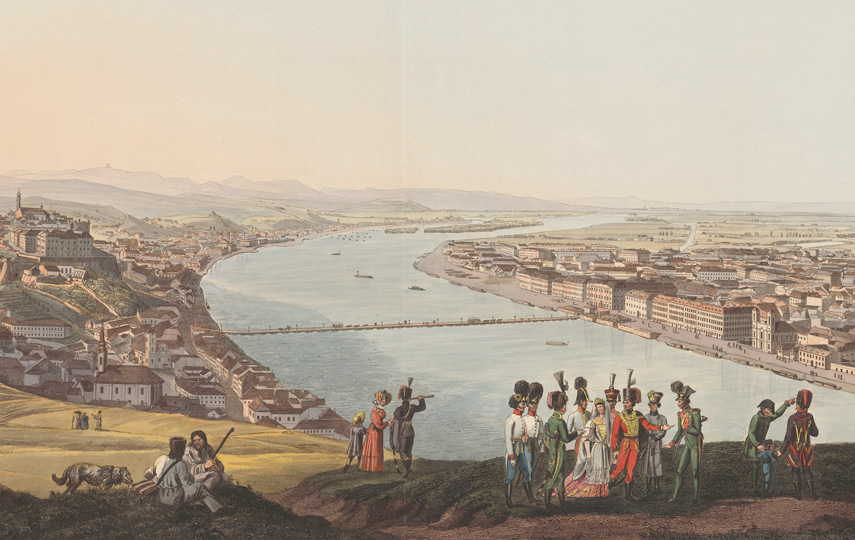
![[Translate to English:] Eintritt frei für alle unter 19 - Logo](https://webarchiv.onb.ac.at/web/20210703123304im_/https://www.onb.ac.at/fileadmin/user_upload/3_Logos/Logo_EintrittFrei_RGB_neu.jpg)
![[Translate to English:] Ö1 Club Logo](https://webarchiv.onb.ac.at/web/20210703123304im_/https://www.onb.ac.at/fileadmin/user_upload/3_Logos/oe1_club.jpg)
